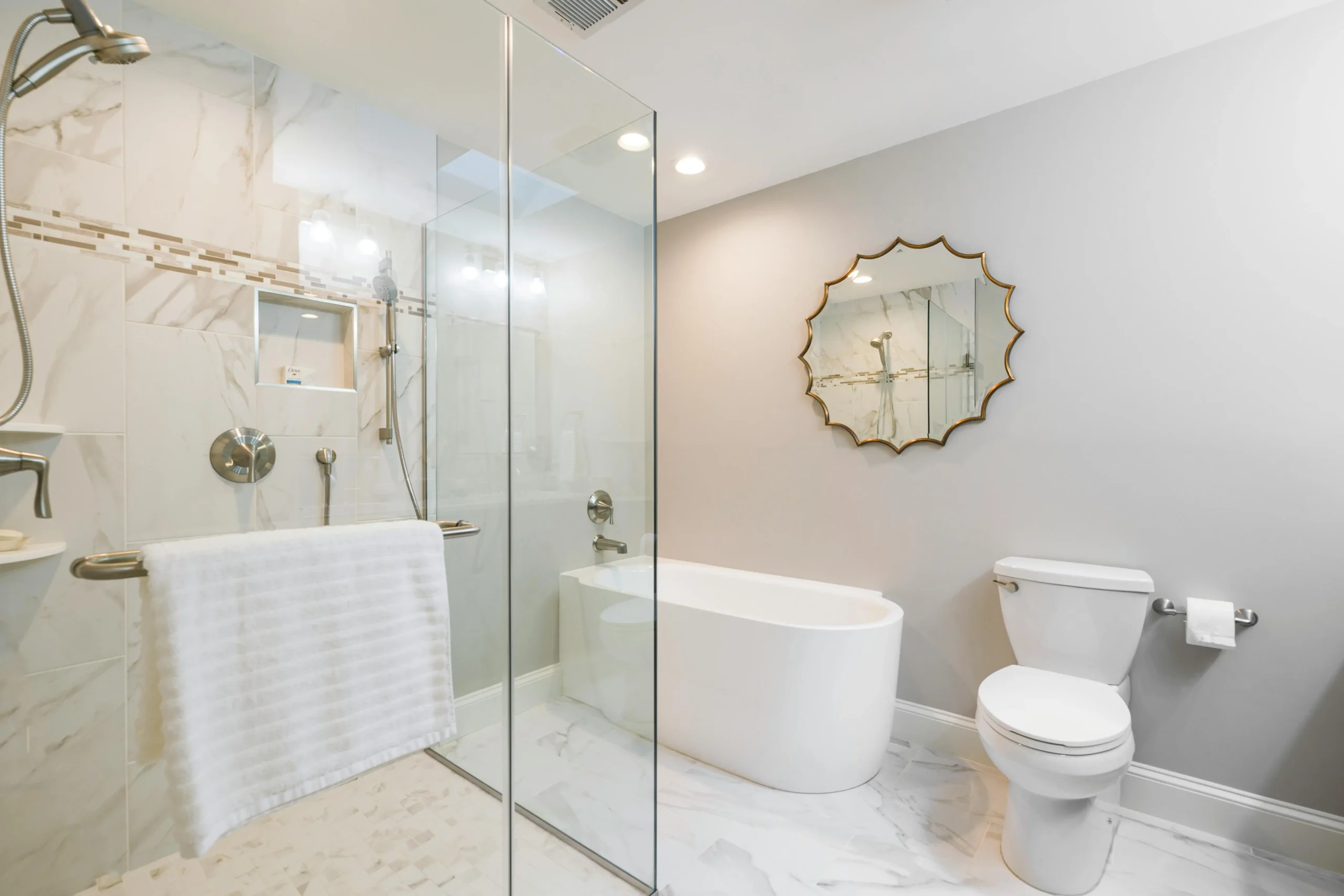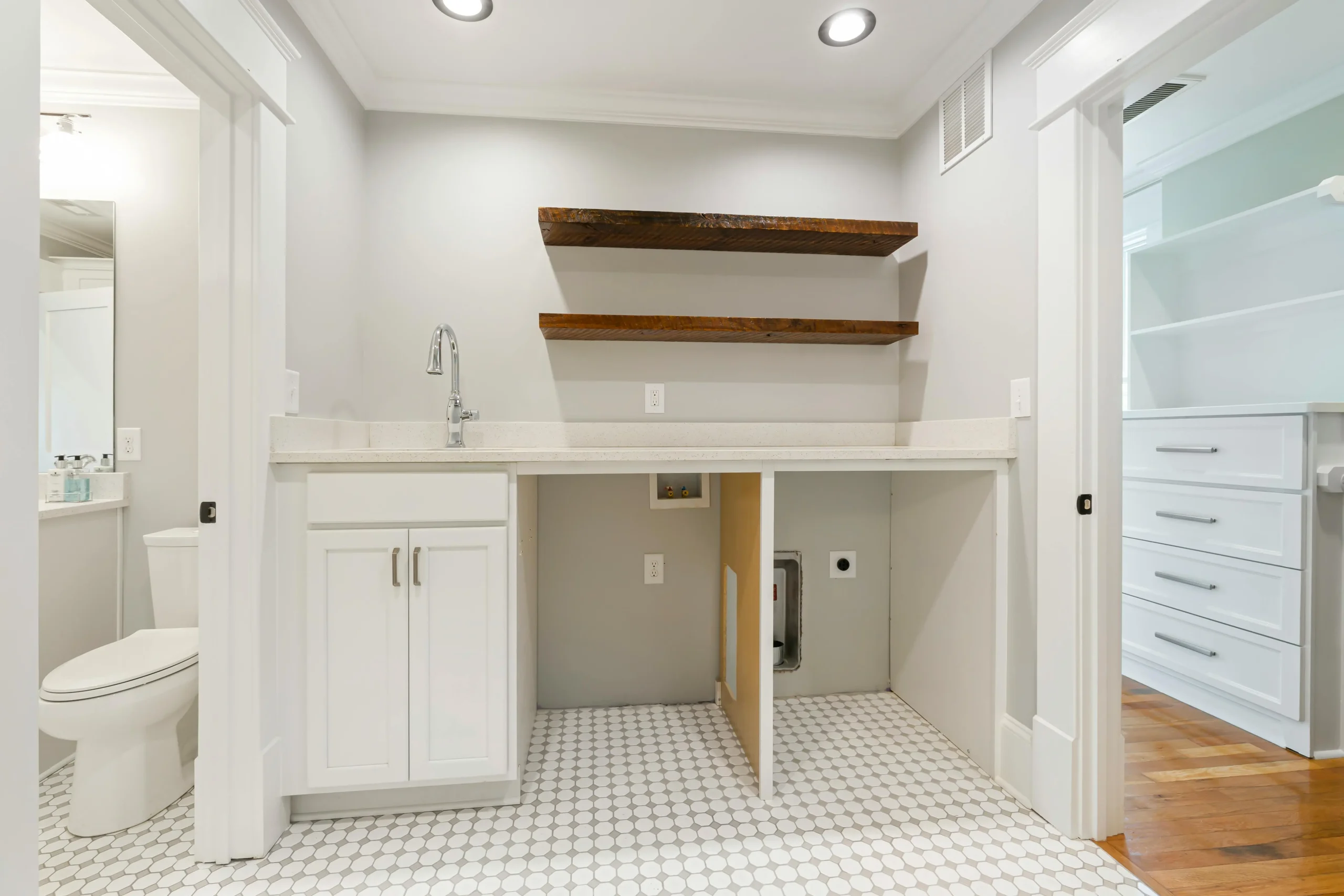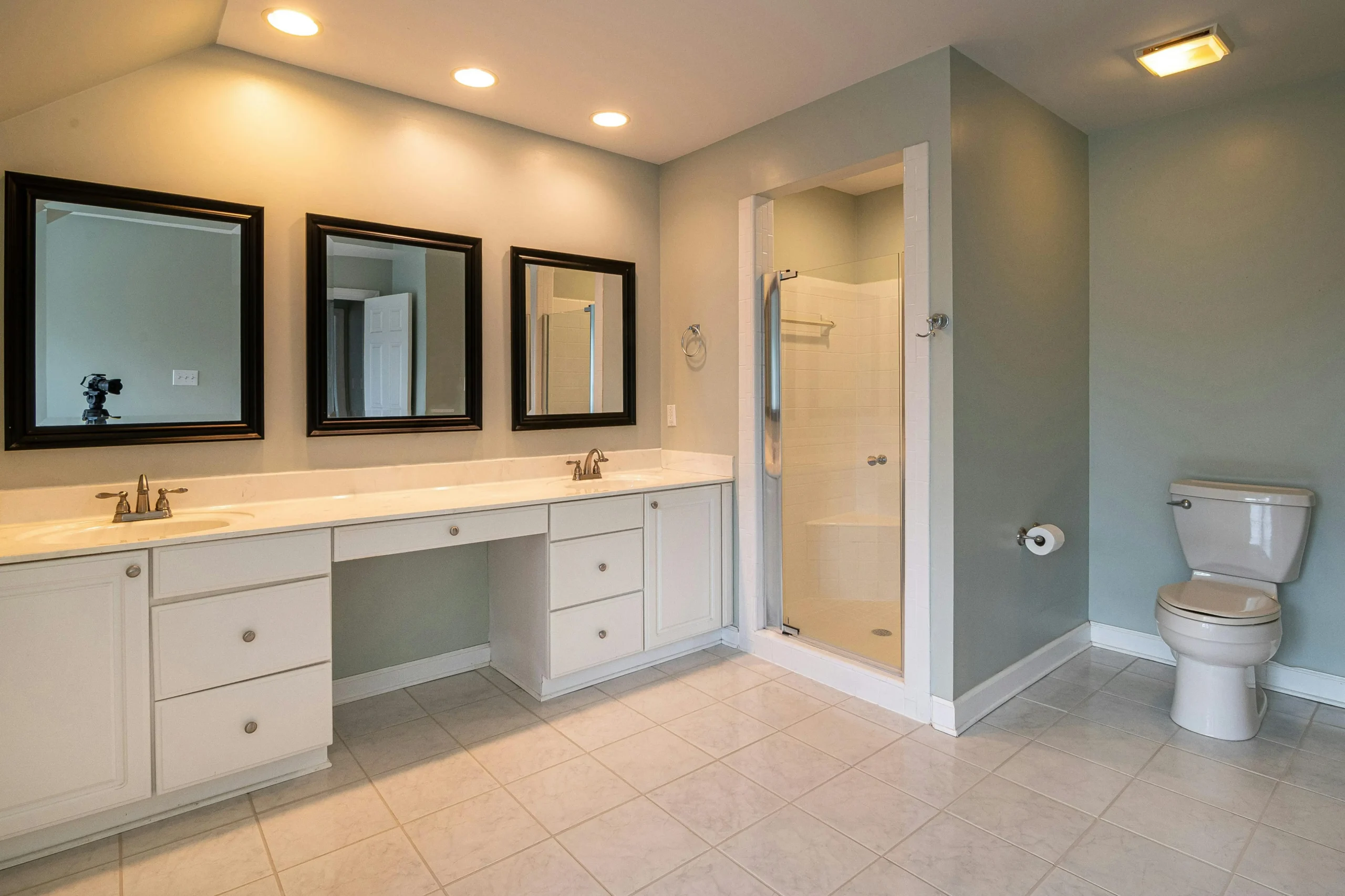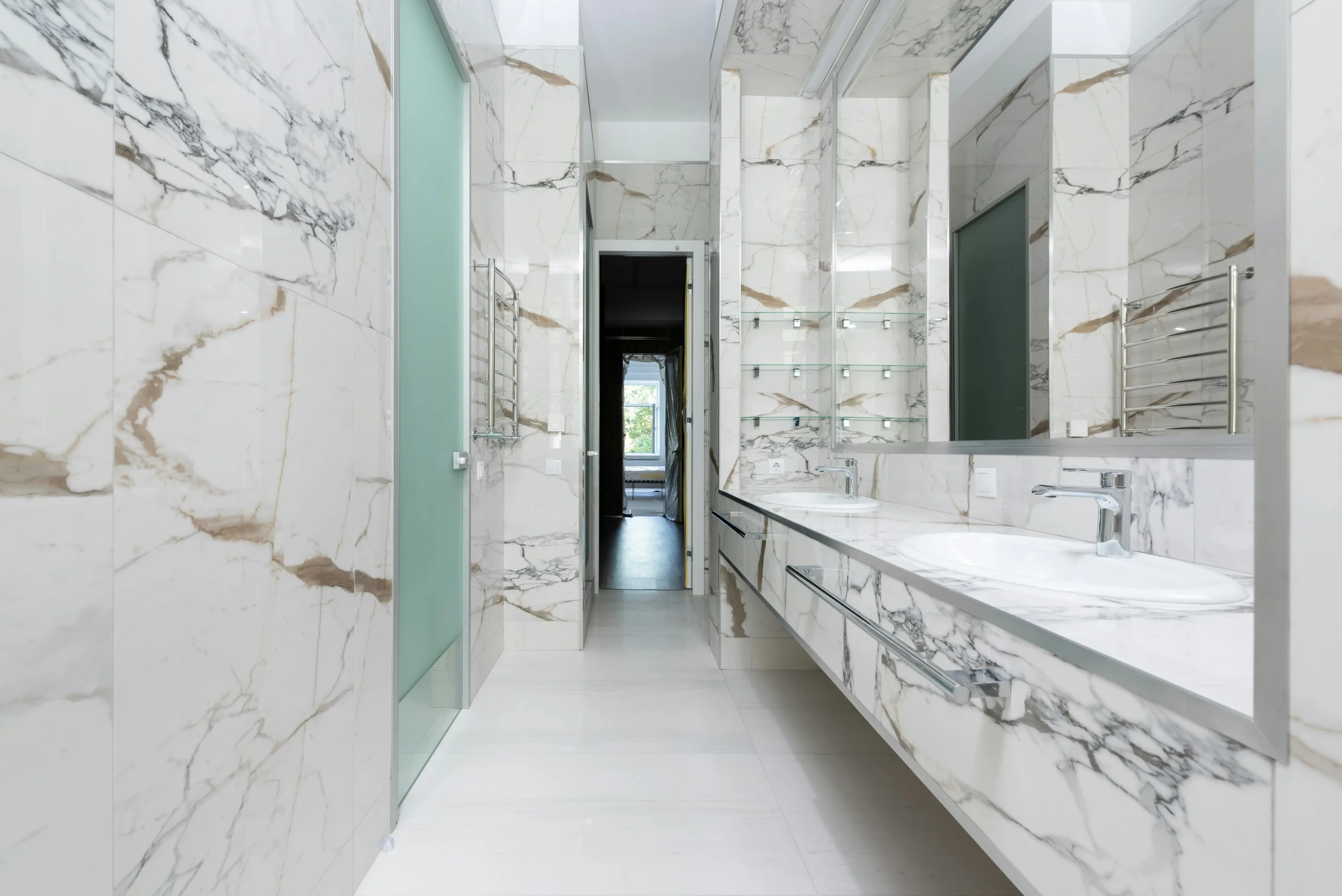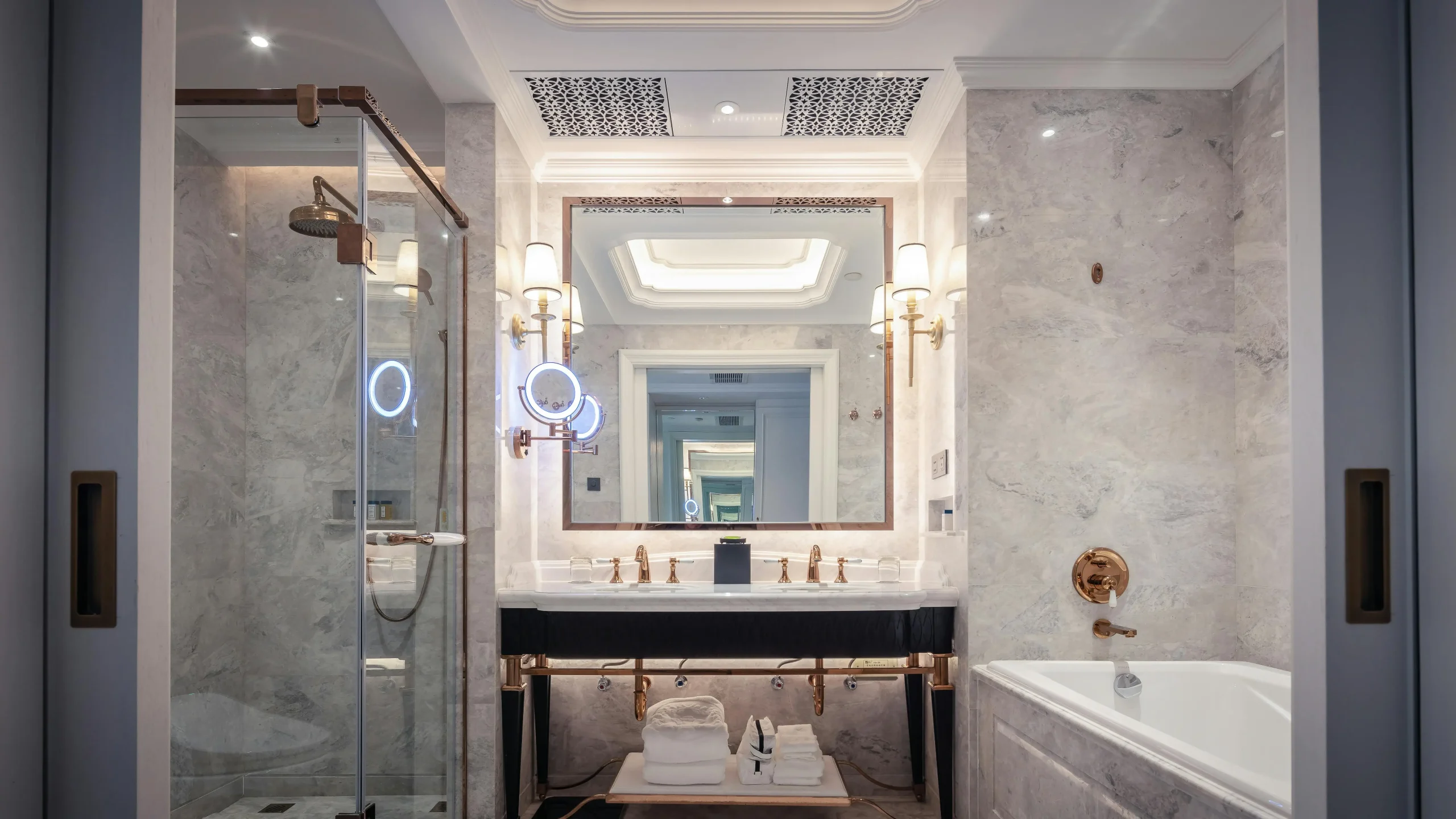Breaking Down Waukesha Kitchen Remodel Costs
A kitchen remodel in Waukesha involves multiple cost components that collectively form the total project expense. The overall cost depends on the scope of your remodel, whether you’re updating surfaces and fixtures or undertaking a complete overhaul with structural modifications. Key elements include design and planning fees, material costs, labor expenses, permits, and demolition or disposal fees. Local market factors, such as regional labor rates and material availability, play a significant role in determining the final price. In addition, unforeseen issues—like hidden water damage or outdated wiring—may add extra expenses during the project. Breaking down the costs into detailed categories not only helps you understand where your budget is allocated but also enables you to prioritize upgrades effectively. Researching similar projects in Waukesha provides valuable benchmarks and helps set realistic expectations. This detailed understanding lays a solid foundation for planning your remodel while minimizing unexpected financial surprises.
Factors Influencing Remodeling Costs
The overall cost of your kitchen remodel is driven by several key factors. Design complexity is one of the primary influences; custom layouts, intricate finishes, and structural changes require more extensive work and higher investments. Material quality is another major factor—premium products will naturally increase the expense, while budget-friendly alternatives can help control costs. Labor expenses depend on the skills and experience of local contractors, and projects involving specialized work tend to cost more. The current condition of your kitchen also affects the budget; older kitchens might need additional repairs or system updates. Permit fees, inspections, and compliance with local building codes further add to the overall cost. Seasonal demand and regional economic conditions can lead to price fluctuations, making it essential to stay informed about local trends. Evaluating these factors early in your planning process enables you to make informed decisions that align with both your design goals and financial constraints.
Material Costs for Major Kitchen Renovations
Material costs often represent the largest portion of a kitchen remodel budget in Waukesha. High-quality materials, such as natural stone countertops, custom cabinetry, and premium flooring, deliver a luxurious look and long-term durability but come at a higher price. Alternatively, more economical options like quartz countertops, laminate finishes, or ready-to-assemble cabinetry can provide a modern aesthetic while helping to manage expenses. The choice of backsplashes, lighting fixtures, and other finishing touches further influences overall material costs. Premium materials may require specialized installation techniques, which can add to labor costs, though they typically offer better longevity and lower maintenance in the long run. It’s important to compare quotes from various suppliers and consider package deals or seasonal discounts to optimize costs. Evaluating the balance between cost, performance, and visual appeal is key to making informed decisions about your materials. A well-thought-out selection of materials ensures that your remodel not only meets your design vision but also remains cost-effective and durable over time.
Waukesha Labor Costs for Kitchen Remodels
Labor costs are a critical component of your kitchen remodel and can vary widely based on project complexity and local market conditions in Waukesha. Skilled professionals—such as electricians, plumbers, carpenters, and general contractors—charge rates that reflect their expertise and the scope of work required. Projects involving custom installations or major structural modifications typically incur higher labor expenses due to the specialized skills needed. Additionally, local demand and seasonal trends can influence pricing, so the timing of your remodel may affect your labor costs. It’s essential to obtain multiple bids from reputable contractors to ensure competitive pricing and quality workmanship. Detailed contracts that outline the scope of work, timelines, and payment schedules help manage labor expenses and reduce the risk of unexpected overruns. Good communication with your contractor is vital to anticipating potential challenges and keeping your project on schedule. Understanding these labor cost variables allows you to allocate your budget more effectively and ensure that your remodel is executed to a high standard.
Kitchen Remodel Cost Guide for Beginners
For those new to kitchen remodeling in Waukesha, a detailed cost guide is invaluable for navigating the process with confidence. Start by breaking your project into its core components: design and planning fees, material costs, labor expenses, permits, and a contingency fund for unforeseen issues. Research local market trends and gather multiple estimates to establish a realistic baseline for each category. Creating a detailed spreadsheet that itemizes every expense—from initial demolition to the final installation—will help you track your spending and make necessary adjustments. It is advisable to allocate an extra 10–20% of your total budget to cover unexpected repairs or design changes. Consulting with local remodeling experts or visiting recently renovated kitchens can provide further insight into typical costs in Waukesha. This step-by-step approach not only builds confidence but also helps ensure that your project remains financially manageable. A comprehensive cost guide serves as your roadmap, empowering you to plan each phase of your remodel with clarity and precision.
Budgeting Tips for Kitchen Remodels
Effective budgeting is crucial for ensuring that your kitchen remodel in Waukesha stays on track financially. Begin by establishing a clear, overall budget that covers every aspect of the project, including design, materials, labor, permits, and contingencies. Allocate an extra 10–20% to cover unforeseen expenses such as hidden damage or design modifications. Breaking your budget into detailed categories allows you to monitor your spending and make adjustments as needed throughout the project. Research multiple quotes from local suppliers and contractors to secure competitive pricing and identify cost-saving opportunities. Consider whether a phased remodel might help manage cash flow without compromising on quality. Maintaining an up-to-date budget spreadsheet and reviewing it regularly with your project manager helps you keep track of expenses. Open communication with your contractor ensures that any deviations from the plan are addressed promptly. These budgeting strategies are essential for managing financial risks and achieving a remodel that delivers both quality and value.
High-End vs. Budget Kitchen Remodel: Cost Differences
Deciding between a high-end and a budget kitchen remodel in Waukesha is a major factor that affects both the design and overall cost of your project. High-end remodels typically incorporate premium materials, custom cabinetry, and state-of-the-art appliances, resulting in a luxurious finish and higher overall costs. These projects often include bespoke design elements and specialized labor, which further increase the investment. In contrast, budget remodels focus on updating key features with cost-effective materials and standardized designs, offering a modern, refreshed look at a lower price point. Although budget options may provide fewer custom features, they can still significantly improve the functionality and aesthetic appeal of your kitchen. The choice ultimately depends on your financial capacity, personal style, and long-term goals for your home. Evaluating the trade-offs between quality and cost helps you decide which approach best suits your needs. Understanding these differences enables you to allocate your budget wisely, ensuring that your remodel delivers the best possible value for your investment.
Impact of Kitchen Size on Remodel Cost
The size of your kitchen directly influences the overall remodel cost in Waukesha. Larger kitchens require more materials, extended labor hours, and often more complex design solutions, all of which contribute to higher overall expenses. With more square footage, you may need additional cabinetry, countertops, flooring, and lighting fixtures, which cumulatively drive up material costs. Additionally, larger spaces may require custom design solutions to optimize layout and functionality, further increasing the budget. Conversely, smaller kitchens might have lower material and labor expenses but can necessitate creative design strategies to maximize space efficiency. Understanding your kitchen’s dimensions and layout early in the planning process allows you to accurately forecast expenses and tailor your design strategy accordingly. This detailed analysis helps ensure that your remodel meets both your spatial requirements and budget constraints. By carefully assessing the impact of kitchen size, you can make informed decisions that optimize your investment and deliver a highly functional space.
Average Price of Kitchen Remodels by Region
Kitchen remodel costs can vary widely by region, making it essential to understand the local pricing landscape in Waukesha. Factors such as the cost of living, local labor rates, and market demand for remodeling services influence the overall price. In Waukesha, midrange kitchen remodels typically fall within a price range that reflects a balance between quality and affordability, while high-end remodels command higher prices due to custom features and premium materials. Comparing regional data with national averages can provide valuable context for your project’s budget. Seasonal trends and economic conditions in the area may also affect pricing, so it’s important to stay informed about current market conditions. Gathering multiple estimates from local contractors will help you build a realistic budget and negotiate competitive rates. This regional perspective ensures that your remodel is financially viable and aligned with local market standards. Ultimately, understanding regional pricing helps you set realistic expectations and make informed decisions for your project.
FAQs: Understanding Major Kitchen Value
Homeowners often have questions about the value added by a kitchen remodel, and understanding these FAQs is crucial for making informed decisions in Waukesha. Common inquiries include which upgrades yield the highest return on investment, whether high-end finishes justify their cost, and how design improvements impact overall functionality. Many wonder if budget-friendly remodels can deliver similar benefits to upscale projects, and experts often stress the importance of quality craftsmanship and energy-efficient upgrades. Other questions focus on the durability of materials, the benefits of custom storage solutions, and how an updated layout can enhance usability. By addressing these common concerns, you can prioritize the improvements that offer the best balance between immediate satisfaction and long-term value. These FAQs serve as a valuable resource for guiding your remodeling decisions and ensuring that every dollar spent contributes to both functionality and aesthetic appeal. Understanding the key factors behind kitchen value enables you to focus your investment on upgrades that truly enhance your home’s overall marketability.
What Can I Expect for Return on Investment?
A well-executed kitchen remodel in Waukesha can offer a significant return on investment (ROI) by enhancing both the functionality and market appeal of your home. Upgrades such as custom cabinetry, high-quality countertops, and energy-efficient appliances not only improve daily usability but also boost your property’s overall value. Studies have shown that thoughtfully designed remodels can recoup a substantial portion of their cost upon resale, particularly when the improvements align with current market trends. The actual ROI will depend on factors like the scale of the remodel, the quality of materials used, and local real estate conditions. Consulting with local real estate experts or appraisers can provide tailored estimates based on your neighborhood. Balancing personal enjoyment of a modern, efficient kitchen with its potential financial benefits is key to a successful remodel. A kitchen that is both beautiful and functional can add lasting value to your home, making it a smart long-term investment. With strategic planning and quality execution, your remodel will not only transform your space but also contribute significantly to your home’s overall market value.
Frequently Asked Questions
Is $30,000 enough for a kitchen remodel?
A $30,000 budget can be enough for a kitchen remodel, but it depends on the size of the kitchen, the materials chosen, and the extent of the work needed. For a small to mid-sized kitchen, this budget can typically cover new stock or semi-custom cabinets, mid-range quartz or granite countertops, standard appliances, and basic flooring updates. If structural changes, such as moving walls or relocating plumbing and electrical systems, are involved, costs can quickly exceed $30,000. Labor costs vary by region, and they often take up a significant portion of the budget. To maximize value, homeowners can focus on high-impact updates like cabinet refinishing instead of replacement or opting for durable but cost-effective materials. Careful planning, obtaining multiple contractor quotes, and prioritizing essential upgrades will help ensure the remodel stays within budget while delivering a functional and aesthetically pleasing kitchen.
What is a good budget for a kitchen remodel?
A good budget for a kitchen remodel depends on the homeowner’s goals, the kitchen’s size, and the desired level of finishes. Generally, kitchen remodels fall into three categories: minor, mid-range, and high-end. A minor remodel, which includes cabinet refacing, new countertops, appliance upgrades, and lighting changes, usually costs between $15,000 and $30,000. A mid-range remodel, with semi-custom cabinetry, quartz or granite countertops, and upgraded flooring, typically falls between $30,000 and $60,000. High-end kitchen remodels, featuring custom cabinetry, luxury countertops, premium appliances, and layout changes, often exceed $75,000. Many homeowners budget 10-15% of their home’s total value for a kitchen remodel to ensure a good return on investment. To set a realistic budget, consider material costs, labor expenses, and any unexpected costs, such as plumbing or electrical upgrades, to avoid overspending.
What is the average cost of a brand new kitchen?
The cost of a brand-new kitchen varies significantly based on factors like size, design complexity, and material choices. A basic kitchen renovation typically costs between $25,000 and $50,000, covering essential updates like standard cabinetry, mid-tier countertops, and appliances. A mid-range remodel, which includes semi-custom cabinets, high-quality flooring, and upgraded appliances, usually costs between $50,000 and $75,000. For a high-end kitchen featuring custom cabinetry, premium materials, high-tech appliances, and major layout modifications, costs can exceed $100,000. If you’re building a brand-new kitchen from scratch in a new home or as part of an addition, costs can be even higher due to plumbing, electrical, ventilation, and construction work. Location, labor costs, and design choices also play a big role in determining the final cost. Consulting with contractors and getting multiple estimates can help set a realistic budget and avoid unexpected expenses.
What is the most expensive part of a kitchen remodel?
Cabinetry is usually the most expensive part of a kitchen remodel, often accounting for 30-40% of the total budget. Custom or semi-custom cabinets can cost anywhere from $10,000 to $50,000, depending on the materials, finishes, and craftsmanship. High-end countertop materials like quartz, granite, or marble can also be costly, adding thousands of dollars to the budget. Appliances, particularly luxury brands or built-in models, can also be a significant expense, sometimes reaching $10,000 to $25,000. Labor costs, especially for plumbing, electrical work, and structural modifications, can quickly add up as well. Flooring, backsplash, and lighting are additional expenses that impact the overall budget. To control costs, many homeowners choose a mix of high-end and budget-friendly materials, balancing quality and affordability while focusing on the most important upgrades for their kitchen remodel.

